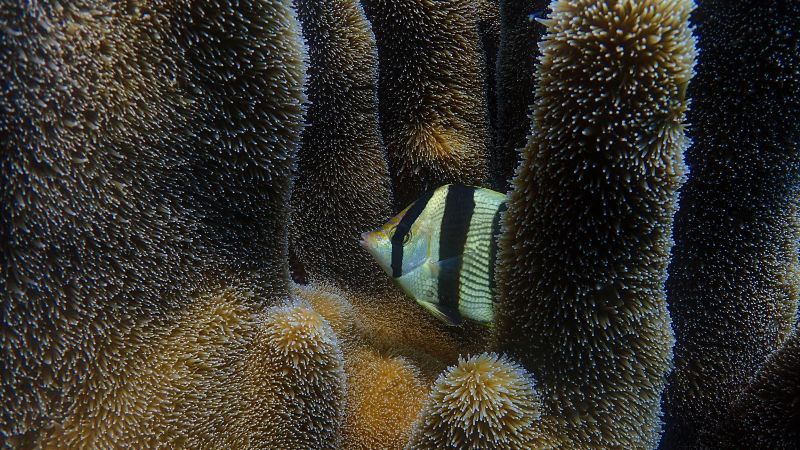The World Wildlife Fund and the Zoological Society of London (ZZ) finds a downward trend in the Earth’s biodiversity. How far can we go?
That’s the upshot of a new report from the World Wildlife Fund and the Zoological Society of London, which analyzed years of data on thousands of wildlife populations across the world and found a downward trend in the Earth’s biodiversity.
According to the authors of the report, the main cause of extinction is land- use changes caused by human activity.
“This is the last chance we will get. By the end of this decade we will know whether this plan was enough or not; the fight for people and nature will have been won or lost,” Lambertini said. “The signs are not good. Discussions so far are locked in old-world thinking and entrenched positions, with no sign of the bold action needed to achieve a nature-positive future.”
Solutions range from the conservation of mangroves to a cross-border barter system in Africa to the removal of migration barriers for freshwater fish, the report said.
“We don’t have to continue the patterns of development the way we have now. Food waste, unsustainable diet and food production are some of the factors that are causing habitat destruction. Shaw said that there was an opportunity to change how we produce, how we consume and how we waste our food. We can change the direction of the population decline by doing little things on a daily basis.
Latin America and the Caribbean saw a whopping 94% average population loss and Africa saw a 66% decline, while North America experienced only a 20% drop and Europe and central Asia saw its wildlife populations diminish by 18%.
The WWF said the disparity could be due to the fact that much of the development in North America and Europe occurred before 1970, when the data on biodiversity loss started.
The effects of human activity from climate change to pollution are “devastating” marine life, with nearly a tenth of underwater plants and animals assessed so far threatened with extinction, the latest Red List of Threatened Species showed on Friday.
A UN summit on nature in Montreal has been urged by the UN Chief to end a “orgy of destruction” and pass a deal to halt and reverse habitat loss.
You cannot really see what is happening in the water. And so by assessing the status of the species it gives us a real indicator of what is really happening there, and it’s not good news.”
Hilton-Taylor said the portion of marine species facing extinction was likely much higher than current data shows because those analyzed so far have tended to be widespread fish species, not currently under threat.
Populations of the dugong, a plump, grey herbivorous mammal commonly known as the sea cow, have fallen to fewer than 250 adults in east Africa and fewer than 900 in the French territory of New Caledonia, the IUCN said.
Oil and gas exploration and production in the country of Mozambique and pollution from mining nickel in the Pacific are some of the threats they face.
In South Africa, poaching has “devastated” certain abalone populations, while pollution from agricultural and industrial run-off have “eliminated” other abalone in part of the Arabian Peninsula,” according to the IUCN in a news release.
Almost half of all coral in the Atlantic Ocean is at risk of extinction due to climate change and other factors.
The awful Status of these species should shock us, according to the Chair of the IUCN Species Survival Commission.
